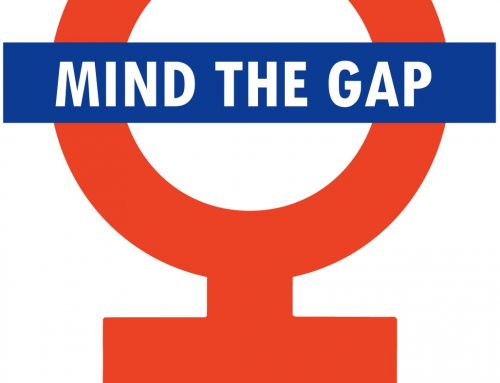
Some recent headlines showed progress on pay equity in the workplace. In September, the Census Bureau found the wage gap between men and women narrowed significantly, with women earning approximately 81 cents for every dollar a man earns. That number increased almost a full percentage point since 2015. However, while women are earning more, the increase is also attributed to stagnant wage growth among men.
The pay gap is wider among those with bachelor degrees: 72.4%. Workers with less education take jobs considered interchangeable among both men and women, while more skilled workers engage in work with larger ranges in salary. Further, experts believe that women tend to choose lower-paying jobs, such as teaching or social work, and take time off to raise families, which creates a lag in earning potential that is never recovered. Researchers attribute these two factors to half of the gap and 1/3 of the gap attributed to gender discrimination.
One Company Looks for the Gap
Business software company SAP undertook a study of its pay practices and salary data to identify any gender gaps. In an interview with The Wall Street Journal, SAP North American business head Jennifer Morgan explained the results. They set parameters around the study: if a pay difference could not be explained by years of experience, past performance reviews, or location, then it could be considered a disparity the company would remedy. Surprisingly, they found that only 1% of the workforce were determined to be underpaid as the result of such a gap. Morgan further explained that some of these gaps were due to employees joining the firm as part of past acquisitions. Further, 30% of those underpaid were men, a fact that Morgan found surprising: “It was just eye opening because it’s a gender-equity issue, but many times it’s just an equality issue.” In all, the company paid $1 million to rectify unjustified pay disparities. In an effort to empower individuals, salary scale and range data will be available to SAP employees later in the year.





